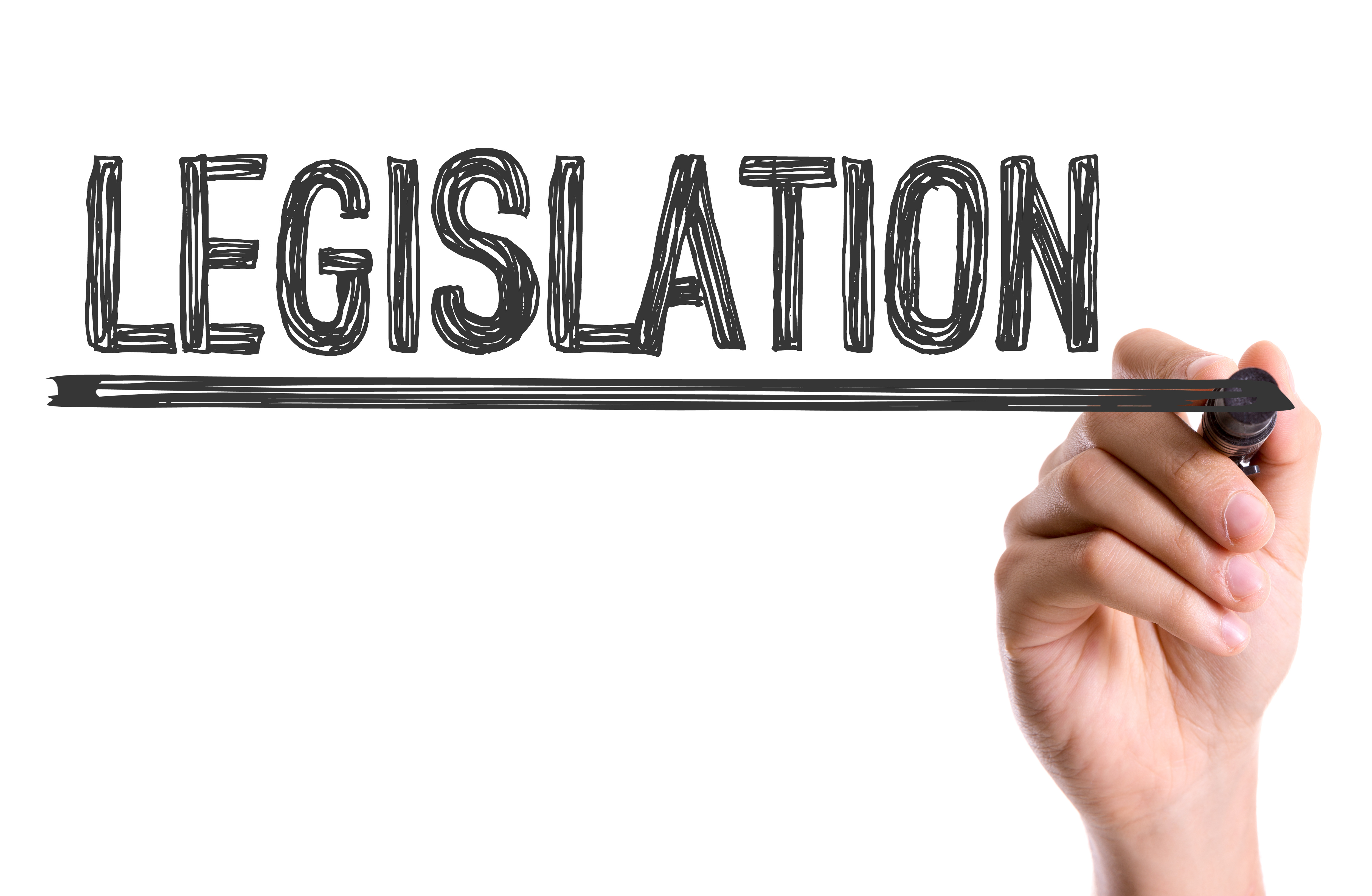Wisconsin Governor Tony Evers has signed Assembly Bill 531, which requires newly issued student identification cards to include the contact information for local and national suicide prevention hotlines.
The governor also signed Assembly Bill 644, establishing a school-based mental health consultation pilot program in Outagamie county and Senate Bill 527, which makes several improvements to state law regarding the use of seclusion and restraints on students with disabilities in the classroom.
Assembly Bill 531, now 2019 Wisconsin Act 116, requires newly issued student identification cards to include the contact information for local and national suicide prevention hotlines.
Assembly Bill 644, now 2019 Wisconsin Act 117, creates a school-based mental health consultation pilot program in Outagamie county to be administered by the Wisconsin Department of Health Services.
Senate Bill 527, now 2019 Wisconsin Act 118, makes several changes to statutes governing the use of physical restraints and seclusion of students, including:
-
- Prohibits a door to a room or area used for seclusion from having a lock on it;
- Adds the “prone position” to the list of prohibited maneuvers and techniques used for restraint;
- Specifies that the use of vehicle safety restraints while transporting a student is not a form of the prohibited mechanical restraints;
- Changes the training components for individuals who are allowed to use physical restraint by prioritizing evidence-based techniques shown to prevent or reduce the use of physical restraints, evidence-based instruction related to positive behavior supports and interventions, and that the individual demonstrates the ability to identify prohibited techniques in administering physical restraint;
- Specifies that notification and reporting requirements whenever seclusion or physical restraint is used on a student includes when these techniques are used by a covered individual or law enforcement officer and requires the principal to meet with the individual or individuals who used these techniques;
- Requires the school to provide written information to parents within three days of an incident that includes the pupil’s name, the date, time and duration of incident, and a description of the pupil’s actions before, during, and after the incident;
- Requires a child’s Individualized Education Program (IEP) team to convene as soon as possible after the first time seclusion or physical restraint is used to review the child’s IEP to ensure it is appropriate to the child’s needs.













